60 examples of homogeneous and heterogeneous mixtures
Mixtures are the combination of two or more substances without a reaction between them. That is, when the mixture is produced, each substance maintains its chemical identity, without producing new compounds.
Mixtures can be homogeneous, when the substances that form it are not distinguishable, or heterogeneous, when the substances within the mixture can be recognized. Let's see some examples of homogeneous and heterogeneous mixtures that we can find on a daily basis.
30 examples of homogeneous mixtures
Here are examples of homogeneous mixtures that you can find in everyday life:
1. Physiological saline solution: it is a solution of sodium chloride in water made up of 0.9 parts of sodium chloride in 100 parts of water. It is also known as physiological saline.
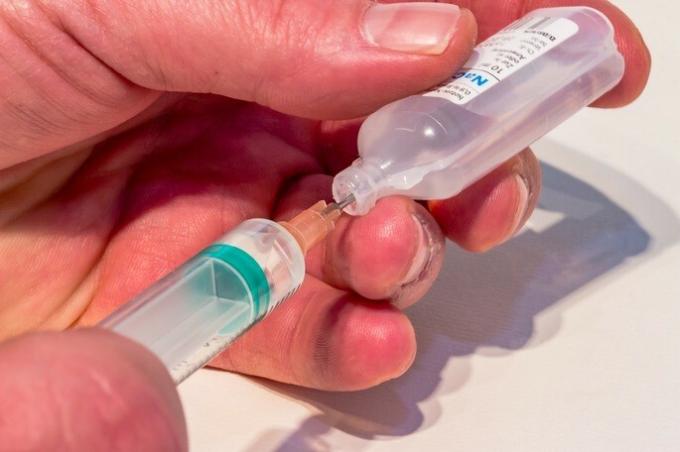
2. Coffee: hot water extracts substances from the ground coffee bean, forming a homogeneous mixture.
3. Infusion: When leaves or other parts of a plant are boiled with water, the water extracts soluble compounds forming a homogeneous mixture.
4. Ethyl alcohol: disinfectant mixture of 96 parts of ethanol in water.
5. Isopropyl alcohol: The alcohol that we use as a hand sanitizer is a mixture of 75 parts of isopropyl alcohol in 100 parts of solution.
6. Sugar water: when we mix a little sugar in water until it dissolves, we have a homogeneous mixture.
7. Tea: it is a homogeneous mixture of water with soluble compounds from the leaf Camellia sinensis It is consumed as a hot or cold drink.
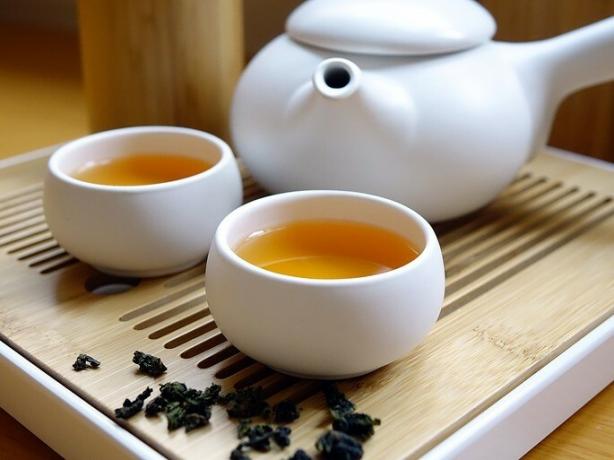
8. Nail remover: it is a mixture of acetone, water and stabilizers that is used to remove nail varnish.
9. Air: it is a mixture of nitrogen, oxygen, argon and water vapor in a gaseous state.
10. Cooking gas: it is made up of mixtures of propane and butane gas.
11. Olive oil: it is a fatty liquid obtained from olives, made up of a variable mixture of oleic acid and other fatty acids.
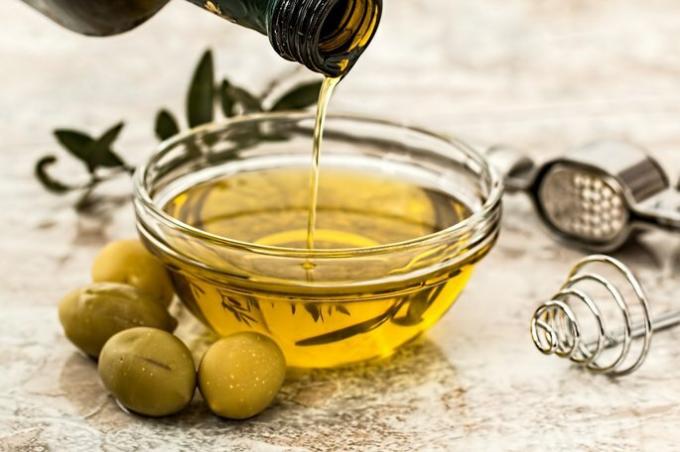
12. Peroxide: It is a mixture of 3 parts of hydrogen peroxide in 100 parts of water that is used as a disinfectant in wounds.
13. Mouthwash: it is a liquid formed by menthol, thymol, methyl salicylate, peroxide and chlorhexidine.
14. Bronze: it is a mixture of copper and tin that is used for coins and sculptures.
15. Steel: it is a mixture of iron and carbon that is used in construction.
16. Brass: it is a mixture of zinc and copper that is used for welding, jewelery and cauldrons.

17. White vinegar: It is a mixture of 5 parts of acetic acid in 100 parts of water with many uses in the kitchen and the home.
18. Bleach: it is a disinfectant mixture made up of sodium hypochlorite and water.
19. Eau de cologne: mixture of aromatic compounds of various origins in water and alcohol.
20. Dental amalgam: it is an alloy of mercury with some metal such as silver, gold or zinc.
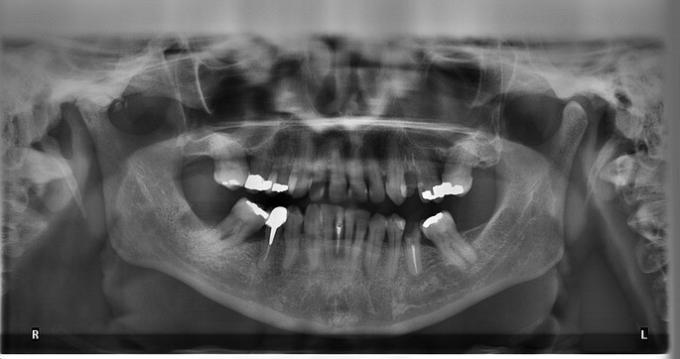
21. White wine: it is a mixture of ethanol, sugar, tartaric acid and water that is obtained by fermenting grape juice.
22. Vodka: it is a mixture of 40 parts of alcohol plus 60 parts of water that is obtained by distillation of the fermentation of potatoes or cereals.
23. Tequila: it is an alcoholic beverage obtained from the distillation of the fermentation of the agave plant.
24. Aspirin tablets: they are a solid mixture of 90 parts of acetylsalicylic acid with 10 parts of fillers and binders.
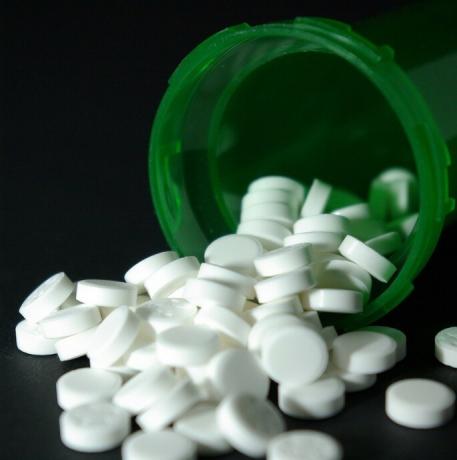
25. Liquid dishwasher- A mixture of alkyl sulfate, an amino surfactant, and water that we use to wash kitchen utensils.
26. Gasoline: it is a mixture of hydrocarbons obtained by the distillation of petroleum.
27. Soap bar: It is a solid mixture of fatty acid salts, which vary depending on the source of fat used to prepare the soap.
28. Bee wax: produced by worker bees of the genus Apis it is a solid mixture at room temperature of different esters of fatty acids and alcohols, whose composition depends on the flora of the region.
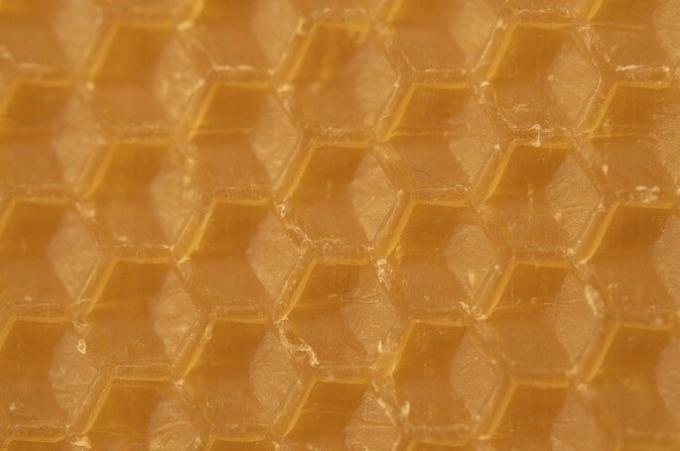
29. Acid rain: it is a mixture of water with sulfuric acid and nitric acid in different proportions, which causes the pH to decrease from 6 to 4.
30. Turpentine: o Turpentine is a mixture of terpenic hydrocarbons obtained from the distillation of pine resin, which is used to dilute paints.
You may also be interested in seeing Homogeneous and heterogeneous mixture.
30 examples of heterogeneous mixtures
1. Vinaigrette: it is a mixture of oil, vinegar and salt that we pour over salads to season them.
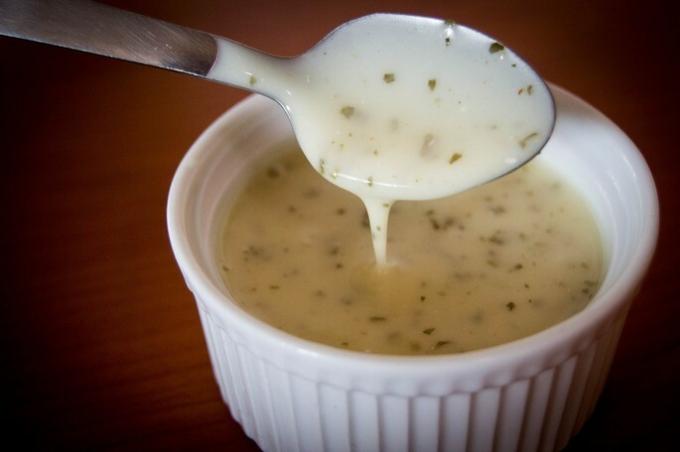
2. Blood: it is a mixture of cells (white blood cells and red blood cells), plasma, lipoproteins, proteins and salts that travels through the circulatory pathways.
3. Aerosol sprays: aerosol cans are made up of a compressed gas mixture.
4. Concrete: a mixture of cement, sand and water used in construction.
5. Fruit juice: when a fruit is blended with water, there are always pieces of fruit that if you leave the juice resting a rare, these settle at the bottom of the container.
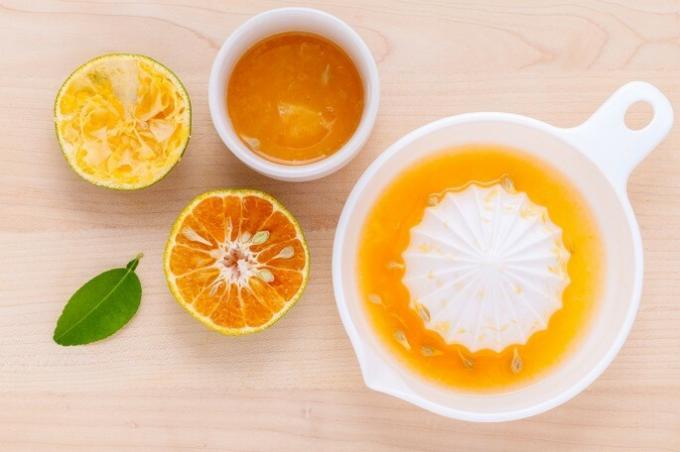
6. Gravel: mixture of crushed stones with different sizes and compositions.
7. Salt and pepper: a mixture of salt and ground pepper is heterogeneous.
8. Fizzy drinks: It is composed of sugar, water, colorants, flavorings and carbon dioxide.
9. I usually: it is a mixture of organic matter, rocks, air and water.
10. Granite: it is an igneous rock composed of quartz, feldspar, mica, among other minerals.
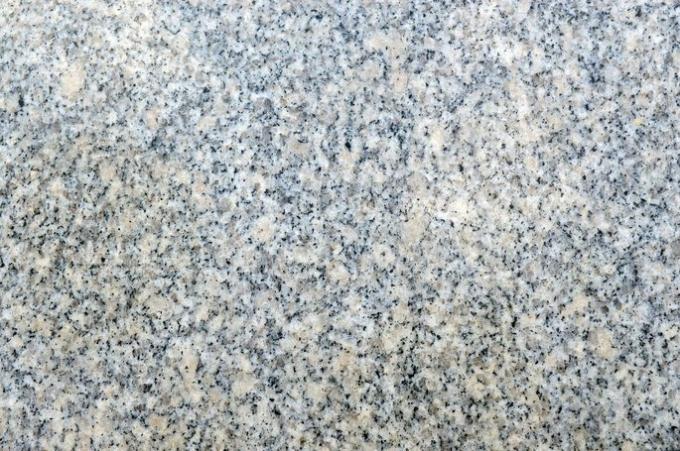
11. Powdered laundry detergent: Some powder detergents have green, blue or red particles, which are distributed throughout the contents.
12. Exfoliating gel: some exfoliating gels have particles that serve as abrasives to remove old skin cells.
13. Smoke: it is a heterogeneous gaseous mixture of volatile compounds resulting from combustion.
14. Milk of magnesia: mixture of magnesium hydroxide, calcium hypochlorite and water that is used as a laxative and that must be shaken before use.
15. Amber: it is a vegetable resin of variable composition.

16. Water and sand: When combining water with sand, the sand will settle to the bottom of the container if it is not constantly stirring.
17. Mud: mixture of earth and water that separates after a period of standing.
18. Crunchy peanut butter: When we have crunchy peanut or peanut butter, we can distinguish between cream and peanut chips.
19. Wheat flour and brown sugar: in a recipe that combines flour and sugar, a heterogeneous mixture is formed where the sugar particles of the flour can be differentiated.
20. Toothpaste: In many toothpastes we can distinguish different components.
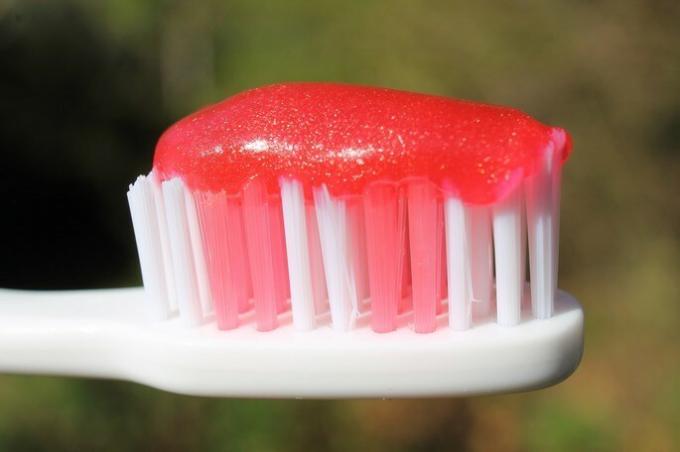
21. Cornstarch and water: The mixture of cornstarch or fine cornmeal with water is a heterogeneous mixture that is generally used to thicken soups and creams. For this reason, when preparing it, it must be constantly mixed.
22. I beaten egg: the egg contains the yolk and the white that have different compositions.
23 Chinese ink: it is a mixture of soot and water that is used to write or draw. So if you leave it without mixing for a long time, the tip of the Chinese ink pen can be covered.
24. Cod liver oil: in some places known as emulsion Scott, is a mixture of fatty acids and vitamins in water, which is used to supplement children.
25. Stones: most of the stones present differences in their composition that make them heterogeneous.
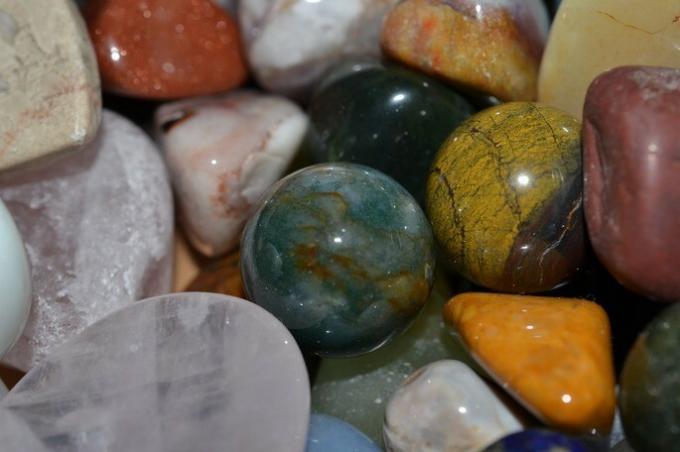
26. Chicken soup: mixture of fat, vegetables, proteins and salt.
27. Haze or haze: it is a fog or mist that is produced by sand particles in the air.
28. Mayonnaise: it is a heterogeneous emulsion consisting of small particles of water and oil.
29. Pure milk: It is a mixture of casein, lactose, fat and whey that can be separated into two phases. Commercial milk has received a homogenization and pasteurization treatment
30. Bee pollen: it is a mixture of pollen from flowers, nectar and secretions from bees
You may also be interested in seeing:
- Elements, compounds and mixtures.
- Mixture separation methods



